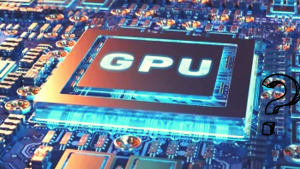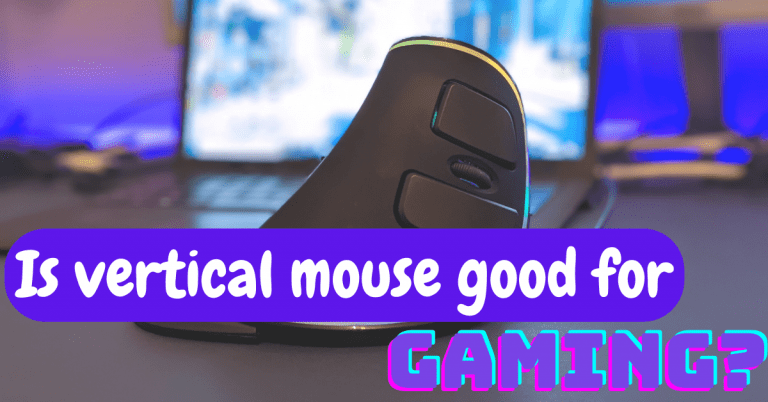Why GPU for machine learning?
Why GPU for machine learning?
As we entered the 21st century, technology made huge revolutions. There is an excessive leap in artificial intelligence. Machine learning is an aspect that has been working for so many years as a subset of artificial intelligence. Machine learning is an important area of research and engineering that studies how an algorithm can work to perform a specific task more efficiently than humans. GPU is ideal for machine learning as it performs many tasks simultaneously. But still, it’s the question Do I need GPU for machine learning?
Let’s dive a bit deeper into the topic, but before this, you must know ;
- What is machine learning?
- Why GPU in machine learning so important?
Then you will be better able to understand why GPU is better for machine learning.
What is machine learning?
Machine learning is a subfield of artificial intelligence that takes historical knowledge as input and predicts new outputs without being programmed to do so. Machine learning has become a central discriminator for many companies. No one can even think of the fifth generation without machine learning.
Importance of machine learning
What we can do today seems to be trivial. Over the past few decades, technology has made a huge revolution. World-leading companies like Facebook, Google, and uber use machine learning as their central point.
Technology advancement over storage and power processing has introduced some innovative products based on machine learning like Netflix and self-driving cars.
Machine learning has made our life easier. Some uses of machine learning, we encounter in our daily life include:
- Voice recognition
- Customer services
- Fraud detection
- Computer vision
Why use GPU vs CPU for machine learning?
Machine learning engineers are discovering that many modern CPUs are not proving better tools for the job. That’s why they are moving toward graphic processing units for an improved job.
Though both CPUs and GPUs work fundamentally in different ways;
CPU stands for the central processing unit. It is a small but powerful chip integrated into the motherboard of the computer. It works sequentially. As it can sequentially perform many complicated tasks so it is less efficient to do parallel tasks.
While CPUs usually have fewer cores that work at high speed, GPUs contain thousands of cores that’s why they run at low speed. GPUs can divide a complex task into smaller subtasks and perform them concurrently instead of sequentially.
GPUs are specialized at handling multiple tasks and can have thousands of cores, they can execute operations in parallel on multiple data points. It is this high-level processing power that makes GPUs suitable for machine learning.
So why GPUs are suited for machine learning? Because they can execute a large amount of continuous data in multi-steps and improve what an algorithm can do. The larger the data the better the algorithm performs. Today GPUs are much more programmable than ever before.
What should you look for in GPU?

1. High memory bandwidth:
Since GPU works in parallel, it should have high bandwidth. Unlike CPUs that work sequentially, GPUs require a lot of data from memory simultaneously. Advanced bandwidth with higher VRAM is much better.
2. More significant shared memory
Larger LI caches increase the speed of data processing. GPUs with more caches are generally preferable. This feature can make or break performance.
3. Interconnections
For better performance, two or more GPUs are interconnected. Not all GPUs play well together, so it must be ensured that they play well together.
4. Tensor cores
Tensor cores allow for higher matrix multiplication. In the past tensor cores were not common in GPUs, with the advancement in technology they are more common. Tensor cores enhance the output of GPUs.
FAQs:
How many GPUs do I need for machine learning?
Single GPUs like NIVIDA RTX 3090 or A5000 can provide the best performance. For more complex problems 2,3 or 4 GPUs are appropriate.
How much GPU memory is required for machine learning?
While understanding machine learning, memory requirement is an essential part of the building process. The average memory requirement is 16 GB of RAM but it entirely depends on the type of data being used.
Which GPU is best for machine learning?
Nvidia’s RTX 4090 is best for machine learning and artificial intelligence in 2022 and 2023. Its exceptional features and performance make it perfect for empowering the latest generation of neural networks.
Why are GPUs important for deep learning?
GPUs can work simultaneously in parallel; they can handle large amounts of data. So, they are important for deep learning of their ability to do multitasks and higher bandwidth.
Why is GPU important for data analytics?
Graphical processing requires mathematical tools. In rendering 3D images, matrix multiplication has to be executed. GPU is best for data analytics and other similar processes due to its ability to compute complicated mathematical operations.
Conclusions:
In short, machine learning is a core point of artificial intelligence and the fifth computer generation. If an appropriate GPU is used in machine learning, its performance and capability will increase to the maximum. If you have any query related to deep learning, machine learning, or GPU, feel free to ask me in the comment section given below.
Much thanks!







